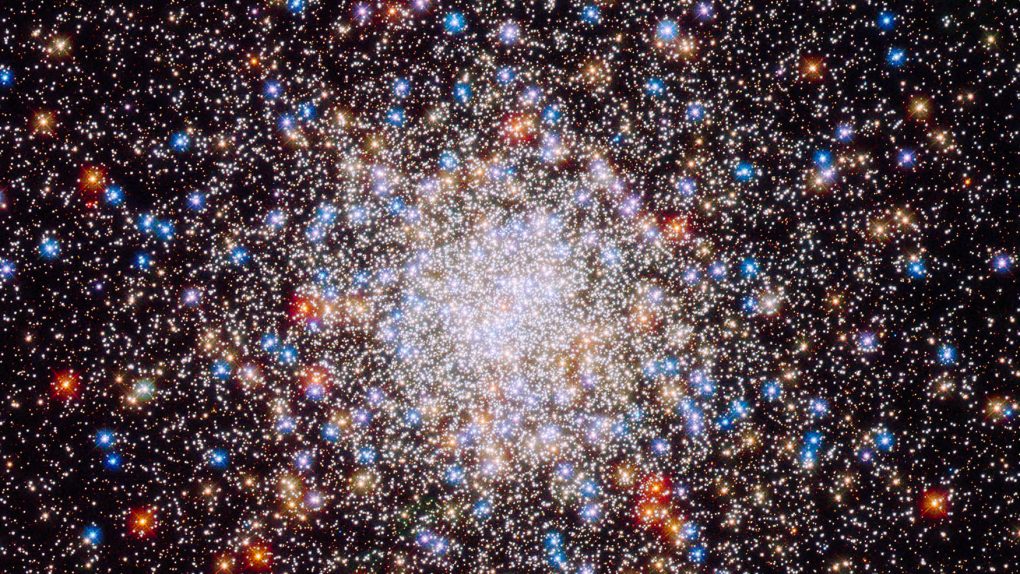- Scientists believe there are some very basic things that are required for a planet to support life, including water and an atmosphere.
- We’ve yet to spot a planet that looks like Earth, with continents, water, and, of course, life.
- New research from the University of Copenhagen suggests that planets like Earth might actually be abundant in our home galaxy the Milky Way.
Finding life in space isn’t easy or we’d probably have done it already. So far, we know that Earth has life and, well, that’s about it. As far as what it takes to support life, researchers are somewhat mixed, but most agree that liquid water and an atmosphere are two of the vital prerequisites, but how many planets actually have those things?
A new study published in Science Advances attempted to answer that question, with researchers simulating the formation of planets based on what we think we know about how Earth and other worlds in our solar system were born. Based on the simulations and a few assumptions about what kind of material orbits the stars in the Milky Way, the researchers believe that Earth may be just one of many planets in our galaxy with continents and liquid water, which means there’s a good chance for life elsewhere in our galactic neighborhood.
“Up to the point where Earth had grown to one percent of its current mass, our planet grew by capturing masses of pebbles filled with ice and carbon,” Anders Johansen, lead author of the study, said in a statement. “Earth then grew faster and faster until, after five million years, it became as large as we know it today. Along the way, the temperature on the surface rose sharply, causing the ice in the pebbles to evaporate on the way down to the surface so that, today, only 0.1 percent of the planet is made up of water, even though 70 percent of Earth’s surface is covered by water.”
Using that information, the research team simulated the formation of worlds around other stars. Based on the computer models the team used, the planets end up getting the same amount of water in the form of ice during the formation process. Whether that ice melts into vast oceans is just a matter of how far away from the host star each planet happens to be.
However, if things actually play out differently, and some planets get a lot more water than others, Earth-like planets that are a healthy mix of terrestrial land and liquid water may be somewhat rarer, but that also means that life could exist deep within the ocean planets that amassed far greater water reserves that others orbiting the same star.
The idea here is that, based on observations of other stars and planets, it looks like the same types of material that made up our solar system are present around new stars. How that material coalesces into planets ultimately makes or breaks the system’s chances of supporting life.








